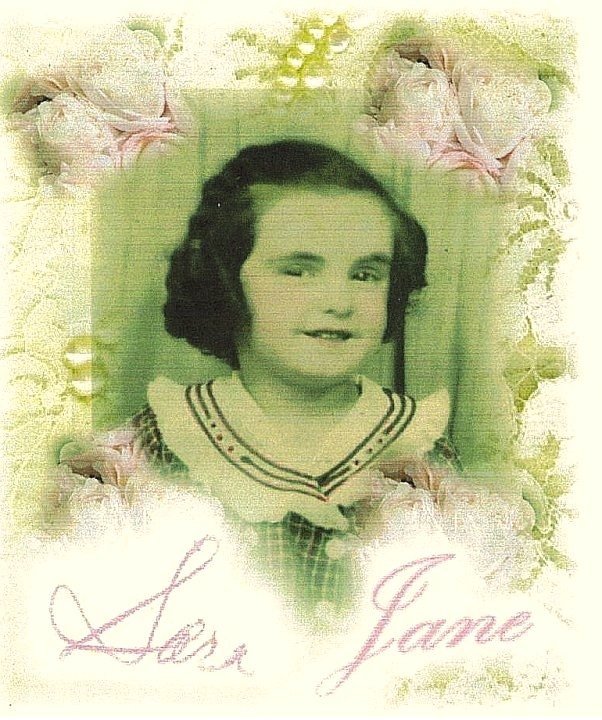Unveiling the Colors of Haiti: A Journey through Haitian Painters, History, and Cultural Significance
Haitian art is a vibrant tapestry that weaves together the rich history, cultural heritage, and resilience of the Haitian people. The country, situated on the island of Hispaniola in the Caribbean, boasts a distinctive artistic tradition that has gained recognition and admiration worldwide. In this article, we'll delve into the history and cultural significance of Haitian art, exploring the works of some of the most important Haitian painters and their contributions to the global art scene.
Historical Perspective:
Haitian art finds its roots in the fusion of African, indigenous Taíno, and European influences that shaped the country's history. It wasn't until the mid-20th century that Haitian art began to gain international recognition. The movement was characterized by a unique blend of vibrant colors, spiritual themes, and depictions of daily life.
Key Themes in Haitian Art:
Voodoo Influence: A significant aspect of Haitian art is its connection to Vodou, a syncretic religion combining African, Catholic, and indigenous beliefs. Many Haitian painters draw inspiration from Vodou symbolism, creating intricate and spiritually charged artworks.
Voodoo Ritual
Rural Life and Nature: Haitian art often reflects the agrarian lifestyle of the majority of the population. Scenes of rural life, marketplaces, and lush landscapes dominate the canvases, showcasing the artists' deep connection to their environment.
Social Commentary: Some Haitian painters use their art as a powerful tool for social and political commentary. Through their works, they address issues such as poverty, inequality, and the historical struggles of the Haitian people.
Notable Haitian Painters and Their Works:
· Hector Hyppolite (1894-1948): Known as a pioneer in the Haitian art movement, Hyppolite's work often reflects Vodou themes. His masterpiece, "The Marriage at Cana," is celebrated for its intricate details and vibrant colors.
Hector Hyppolite Painting
· Philomé Obin (1892-1986): Obin, a key figure in the Centre d'Art movement, depicted scenes of daily life and historical events. His work, "The Coronation of Emperor Faustin I," is a testament to his storytelling prowess.
· Wilson Bigaud (1931-2010): Bigaud's paintings often explore the mystical and spiritual aspects of Haitian culture. His piece "The Magic Table" is a striking representation of his unique artistic vision.
· Ismael Saincilus (1940-2000): Saincilus started to paint in 1956. Today, he is considered one of the foremost contemporary Haitian painters. His works depict a mixture of voodoo and Christianity. He is renowned for his "madonnas." He was the director of the "ceramics center in Deschapelles. Saincilus' complex use of lines place his character in a web of colored lines. Saincilus has trained many students, including Michelange Altidort, Carlos Jean Baptiste and Albert Toussaint.
VINTAGE HAITIAN ALBERT TOUSSAINT OF ARTIBONITE ARTIST WALL ART PAINTINGS SIGNED
These marvelous paintings by Albert Toussaint, a student of Ismael Saincilus are available in the Sara Jane’s Alley store. Click Here!
Museums Showcasing Haitian Art:
Musée d'Art Haïtien (Port-au-Prince, Haiti): This museum, located in the capital city, is dedicated to preserving and promoting Haitian art. It features a diverse collection spanning various styles and periods.
The Figge Art Museum (Davenport, Iowa, USA): The Figge Art Museum boasts an impressive collection of Haitian art, including works by Hector Hyppolite and Philomé Obin.
Haitian Art in Today's Marketplace:
Haitian art has gained international acclaim and is sought after by collectors and art enthusiasts. Auction houses regularly feature works by Haitian painters, and galleries around the world showcase the vibrant and evocative pieces. The rising prominence of Haitian art reflects its enduring appeal and the recognition of its cultural significance.
Haitian art is a testament to the resilience, creativity, and cultural richness of the Haitian people. From the spiritual depths of Voodoo to the vivid depictions of daily life, Haitian painters have crafted a narrative that transcends borders and speaks to the universal human experience. As the world continues to embrace the beauty and cultural significance of Haitian art, these vibrant canvases serve as windows into a captivating world of color, spirit, and history.
The author generated this text in part with a version of Chat GPT, OpenAI’s large-scale language-generation model. Upon generating draft language, the author reviewed, edited, and revised the language to their own liking and takes ultimate responsibility for the content of this publication. This text may include some materials in a form protected by the fair use guidelines of Section 107 of the Copyright Act. All rights reserved to the copyright owners.



